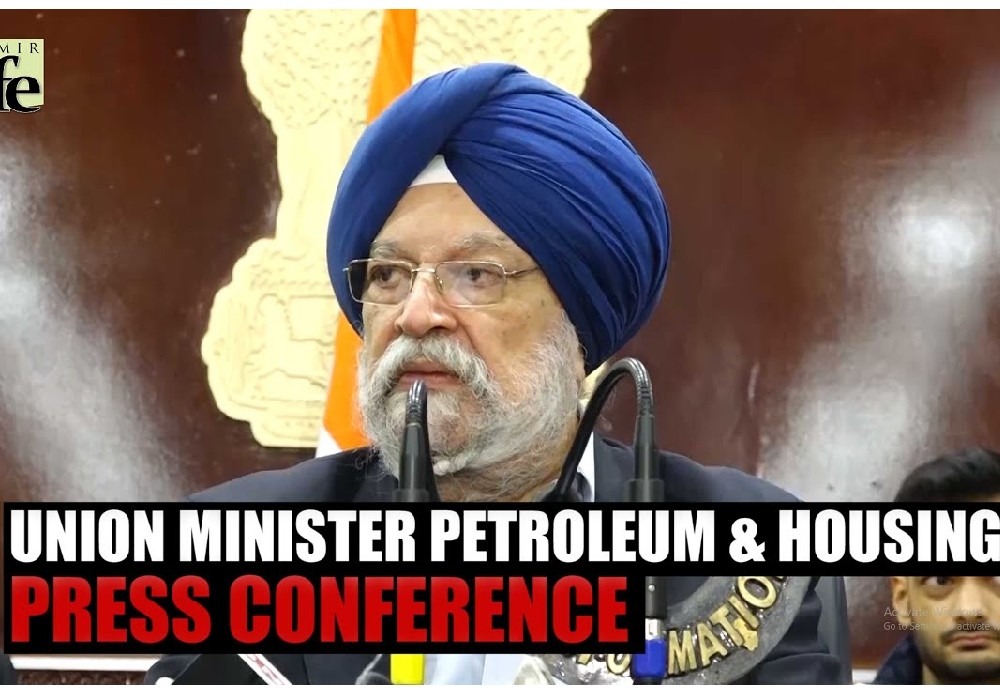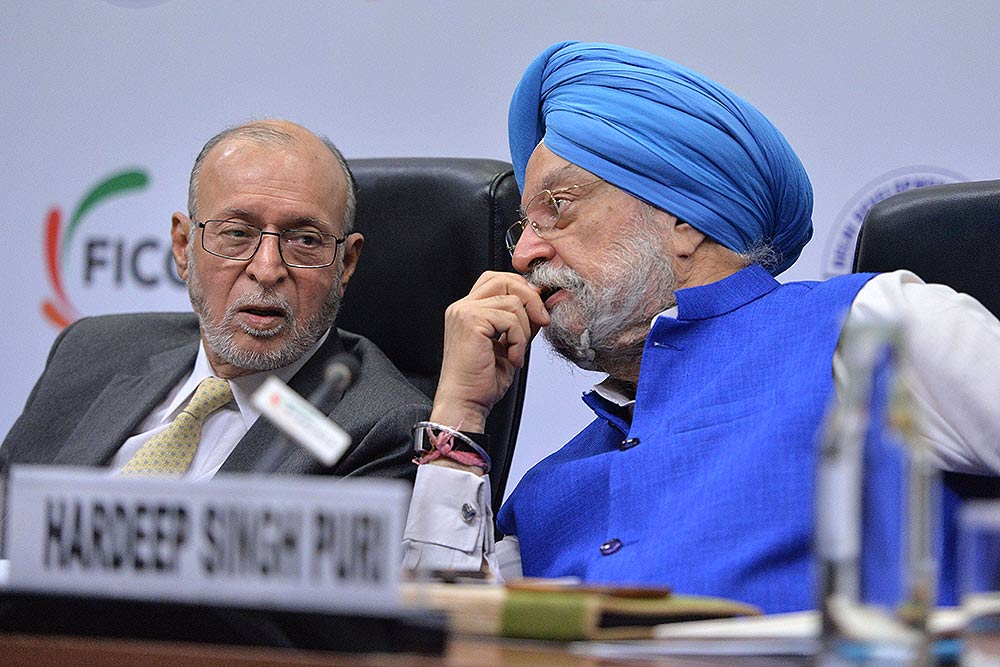Thank you,
At the outset, let me thank the President of the General Assembly for organizing this interactive dialogue on the report of the Secretary General on the “Responsibility to Protect: Timely and decisive action”. I would also like to thank the Secretary General for his statement as well as the five panelists. I hope that today’s discussion will contribute meaningfully in further clarifying the true ambit and scope of R2P, especially in view of the Libya experience.
It merits repetition that almost all aspects of resolution 1973, namely pursuit of ceasefire, arms embargo, and no-fly zone, were violated not to protect civilians because the regime had long back lost its fighting capability but to change the regime. It is the pursuit of the objective of regime change that generated a great deal of unease among a number of us who support action by the international community, anchored in the United Nations, to implement the provisions contained in paragraphs 138 and 139 of the World Summit Outcome Document.
It is also worth recalling that the principle of R2P in the World Summit Outcome Document had grown from the troubled conscience of the international community following genocide and ethnic cleansing witnessed in Rwanda and Srebrenica in the 1990’s. In both these places, it was not the lack of advance information, but perhaps of oil, that the important members of the international community decided not to act. And when they chose to do so in Libya, it was in the fulfillment of a larger objective.
Mr. President, we must consider all these situations in which the international community acted and those in which it did not to make a consensual understanding of when and how to implement Pillar III of the concept of R2P. Before I comment on the Secretary General’s report, let me emphasize three very fundamental aspects of this concept:
i. First, the R2P cannot be used to address all social evils, including violations of human rights and humanitarian law. Rather it must only be confined to the four identified crimes, i.e., genocide, war crimes, ethnic cleansing, and crimes against humanity;
ii. Second, the default response of the international community cannot be coercive measures under Chapter VII of the Charter; and
iii. Third, in reality the R2P cannot be seen as a pretext for humanitarian intervention, a concept riddled with inconsistencies and driven by selfish motives on the part of the developed nations. R2P cannot turn out to be a tool legitimizing big power intervention on the pretext of protecting populations from the violations of human rights and humanitarian law. It cannot be seen as codifying a system of coercion, providing a tool in the hands of powerful governments to judge weaker states, and encourage regime change primarily on political considerations.
As I have reiterated on many occasions, there can be little disagreement on Pillars I and II. The real problem lies with the interpretation and application of Pillar III: the responsibility of the international community to step in when a State manifestly fails to meet its responsibility to protect its population from these four crimes. The Secretary General’s report clearly acknowledges that controversy still persists on aspects of implementation, in particular with respect to the use of coercive measures to protect population.
As is clear from the language of Pillar III, it does not envisage application of coercive measures alone, let alone the use of military force. Rather, as the report rightly points out, a range of non-coercive measures is to be adopted under Chapter VI and VIII of the Charter. Resort to Chapter VII, particularly Articles 41 and 42, could be taken only after serious and genuine efforts at the pacific settlement have failed. Even while applying Chapter VII, the use of force should be considered as a measure of last resort. And unilateral action of any kind, let alone the unilateral use of force, is nowhere sanctioned.
The report argues that neither the three pillars can be treated as standalone options, nor can they be sequenced. In our view, the three pillars cannot be mixed, and the support aspect, including the capacity building under Pillar II, should take precedence over the response aspect under Pillar III.
Mr. President, in my view, the R2P should start with an early political engagement with the parties concerned. Any specific needs of the state concerned should be given due consideration and support. Sufficient time should be allowed to see that the non-coercive measures employed are bringing desired results. It is only when an honest and serious attempt at pacific settlement fails that the international community, acting under the United Nations, should respond with coercive measures. And the response should again be calibrated and gradual, rather than immediate recourse to Article 42.
Armed intervention should be a measure of last resort when everything else has failed. Selectivity must be avoided at all cost and the principle must be applied uniformly to all parties to a conflict. Most importantly, whenever the use of all necessary means is authorized, there must be provisions in the resolution for monitoring and reporting mechanisms so that the principles of neutrality, impartiality and proportionality is ensured. In this context, responsibility while protecting (RwP), as proposed by Brazil, is equally important. If R2P is to regain the respect of the international community, it has to be anchored in the concept of RwP.
I would also like to touch upon another aspect of the report. In many places the report refers to the responsibility of protecting populations from crimes and violations related to R2P. This change in phraseology is not appropriate. There are four crimes clearly identified under R2P in the World Summit Outcome Document, which have also been reaffirmed by Security Council resolution 1674. This normative framework cannot be changed at the Secretariat’s sweet will.
In conclusion Mr. President, the time has now come to look at both sides of the coin. The responsibility of each state to protect its population from the four crimes is accepted in the World Summit Outcome Document. At the same time, greater focus and further understanding is required on the manner in which R2P can be implemented, especially its Pillar III. A non-judicious application of Pillar III would risk R2P being applied selectively and in an arbitrary manner for extraneous reasons to achieve certain political objectives. The international community also cannot ignore the responsibility of those authorized to protect while they implement the authorization.
Finally, the implementation of R2P requires an effective discharge of responsibility and obligations by States under the UN Charter in a balanced and impartial manner. This, of course, requires reform of the Security Council so that it takes into account the contemporary realities.
I thank you.

देश में एक करोड़ यात्री प्रतिदिन कर रहे हैं मेट्रो की सवारी: पुरी ..

Union Minister for Petroleum and Natural Gas and Housing and Urban Affairs, Hardeep Singh Puri addressing a press conference in ..

Joint Press Conference by Shri Hardeep Singh Puri & Dr Sudhanshu Trivedi at BJP HQ| LIVE | ISM MEDIA ..
(3).jpg)
"I wish a speedy recovery to former Prime Minister Dr Manmohan Singh Ji. God grant him good health," Puri wrote. ..